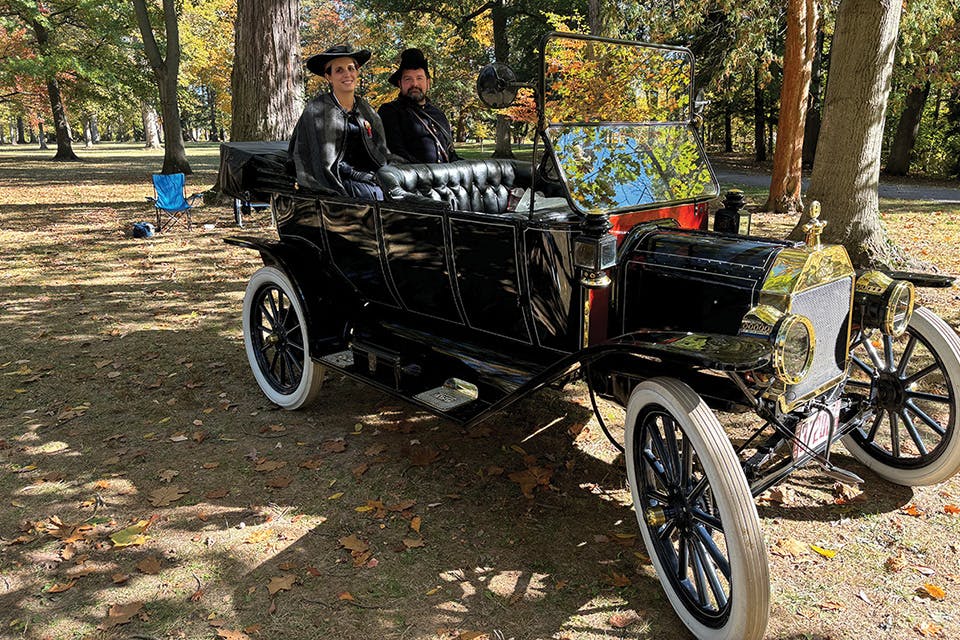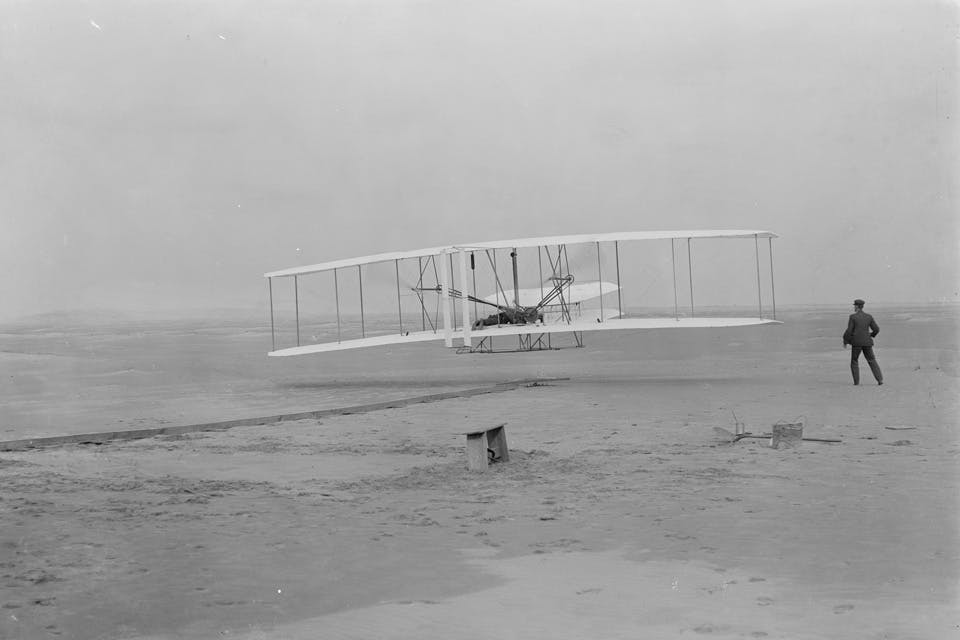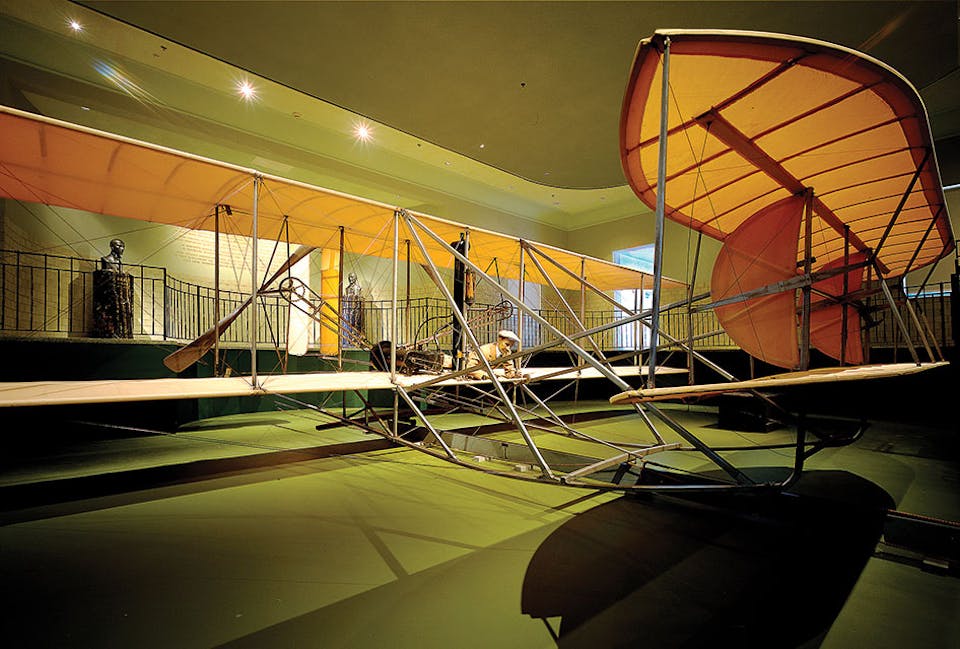Travel
Big Ideas
Dayton’s long history as a cradle of innovation comes alive at these historic spots.
Related Articles

Historic Marker Installed at Home of Orville Wright
Hawthorn Hill, the Oakwood home where aviation pioneer Orville Wright lived with his sister and father, now bears a new marker celebrating its place in American history. READ MORE >>

Experience Spiegel Grove’s Civil War Winter Camp
History buffs can check out 19th-century camp life, see a brass band on horseback and even take a spin in a Model-T at this immersive fall event. READ MORE >>

Learn About the Race for Flight at Carillon Historical Park
Author, economic historian and professor Burton W. Folsom Jr. discusses the early competition to reach the skies during a presentation about his new book. READ MORE >>







